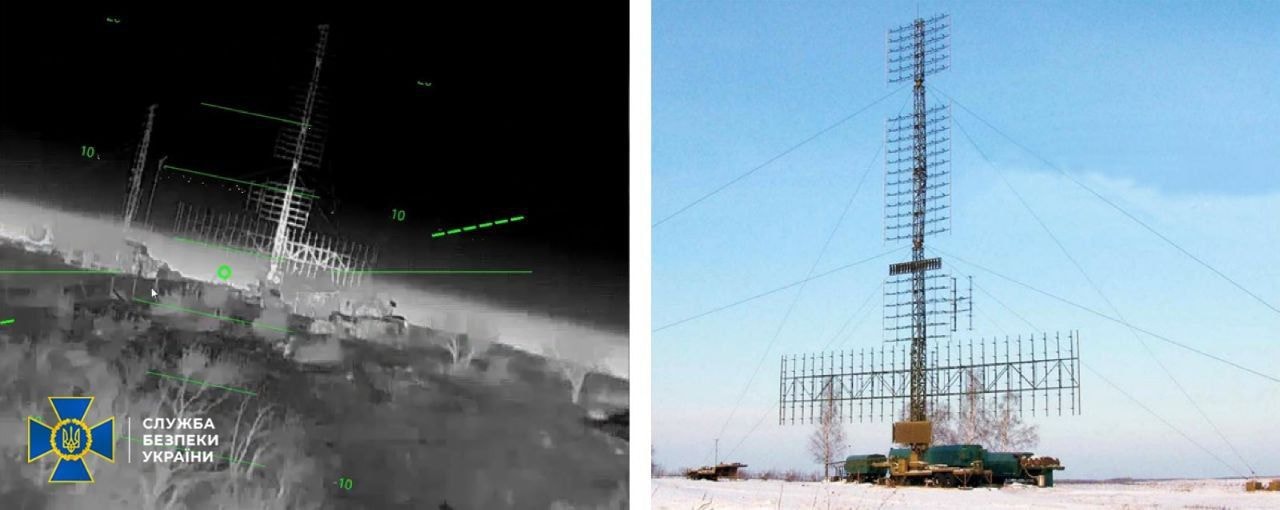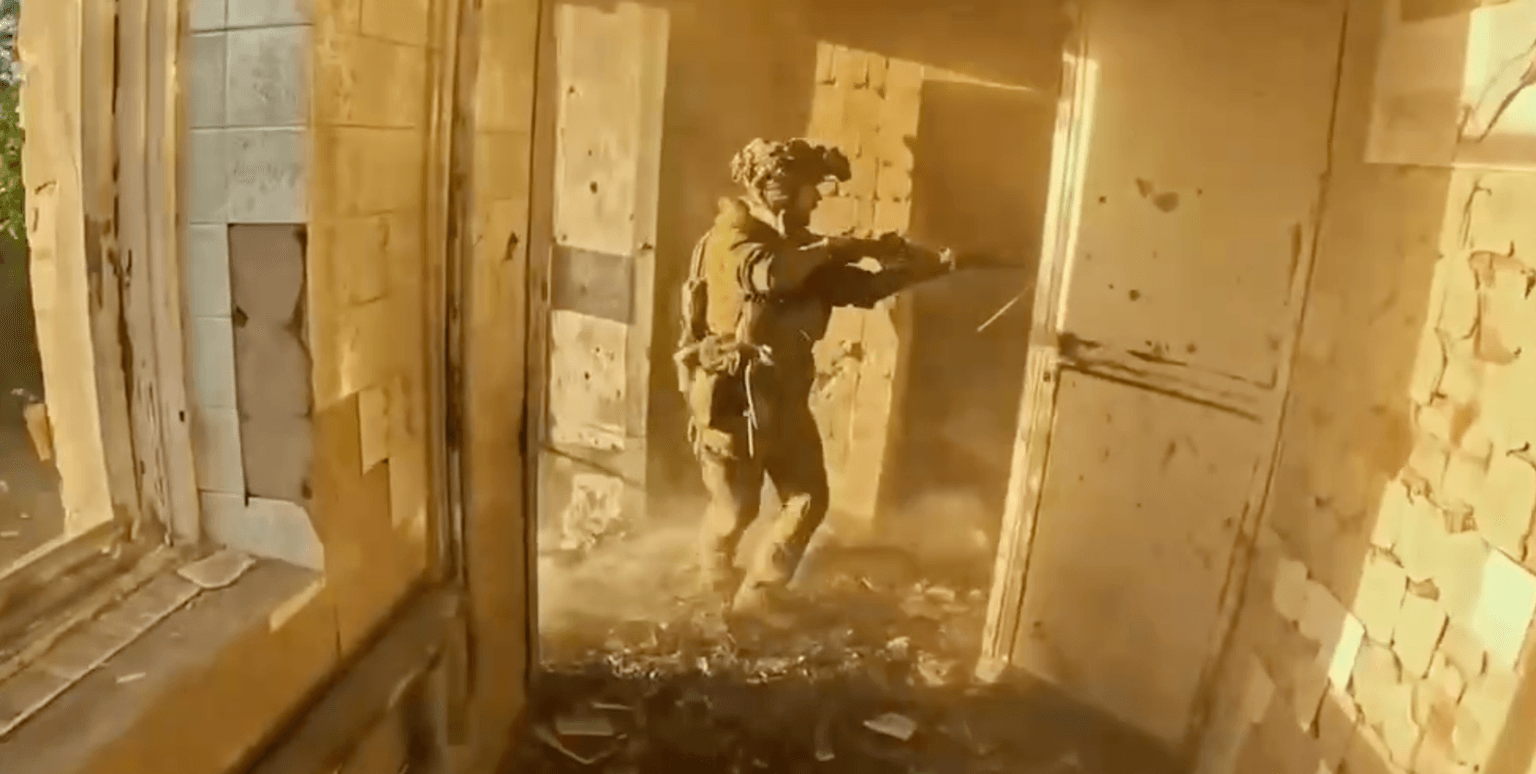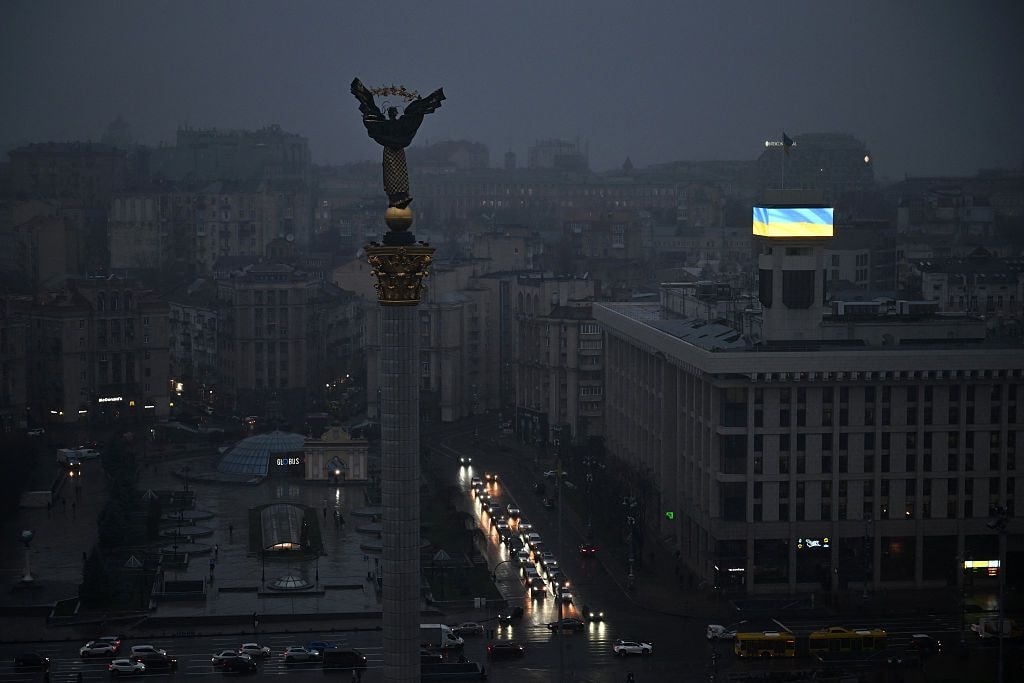US falling behind Russia and China in hypersonic weapons race, study says

The slow development of hypersonic weapons by the U.S., combined with the efforts of Russia and China, is creating "battlefield asymmetry," Axios reported on Oct. 9, citing an Atlantic Council study.
The assessment shows a critical gap in U.S. military capabilities as Russia deploys hypersonic missiles against Ukraine and China rapidly advances its own arsenal.
The analysis, produced by a group that includes former senior U.S. defense and nuclear officials, urges Washington to accelerate deployments and overhaul production to close the gap.
The report assesses Russia's Kinzhal missile, which has been used against Ukraine, along with the Tsirkon and Avangard systems. It also reviews China's missile capabilities, including DF-17 and DF-26.
Russia is expected to manufacture close to 2,500 high-precision missiles in 2025, spanning cruise, ballistic, and hypersonic classes, according to Ukraine's military intelligence (HUR).
The U.S. is developing several weapons, including the Long-Range Hypersonic Weapon, Conventional Prompt Strike, Air-Launched Rapid Response Weapon, and Hypersonic Attack Cruise Missile.
Hypersonic weapons travel at speeds exceeding Mach 5 (approximately 3,800 miles per hour or 6,200 kilometers per hour), covering long distances in seconds, which can render traditional interception systems ineffective.
Defense systems, including terminal high-altitude weapons and Patriot air defense systems, can be overwhelmed by barrage fire, and replenishing them is too expensive.
The Patriot system, a U.S.-made surface-to-air missile platform, is widely recognized for its high-precision detection, tracking, and interception of aircraft, cruise, and ballistic missiles.
The study appeared amid reports that U.S. President Donald Trump's administration is developing expensive defense programs, such as a missile shield costing $175 billion, known as the "Golden Dome."
The report's authors recommend combining rapid deployment with long-term changes in production and international cooperation to close the gap with Russia and China.
The U.S. recently concluded that it is also lagging behind Russia in drone production. Washington unveiled a low-cost combat drone aimed at rivaling Iranian-designed Shahed-type attack drones.










